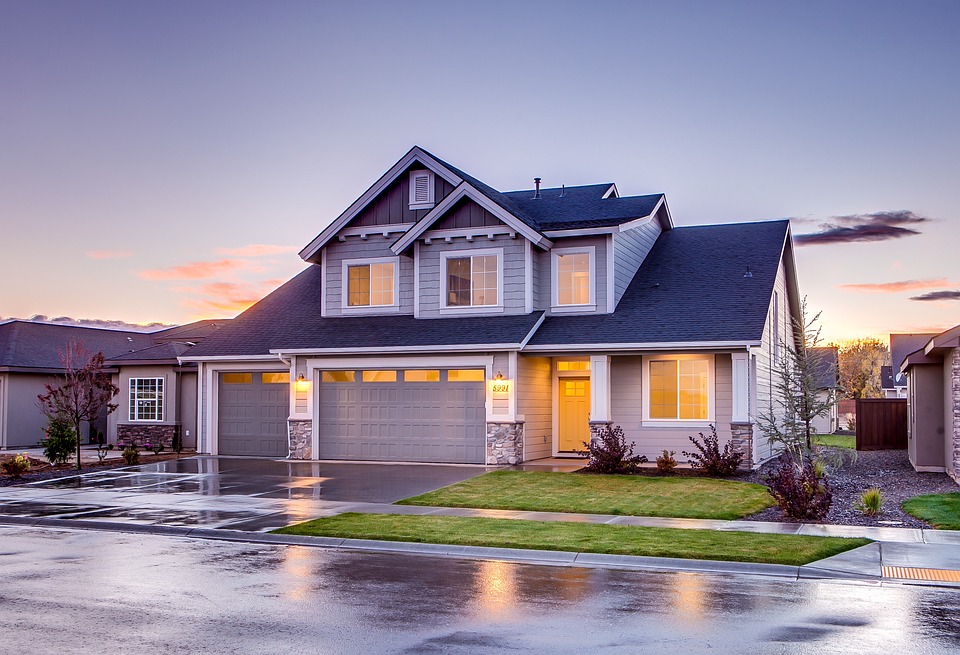Building a Home Gym in a Garage: Your Ultimate Guide
Introduction
With the increasing popularity of fitness and wellness, many people are considering building their own home gyms. One popular location for a home gym is the garage. Converting your garage into a gym not only optimizes space but also provides a convenient and private workout area. In this article, we will guide you through the process of building a home gym in your garage, from selecting the ideal equipment to organizing the space efficiently.
I. Assessing Your Space
Before diving into the construction process, it is crucial to accurately assess your garage’s characteristics. Consider the size of the space, ceiling height, ventilation, and electrical outlets. Plan how much space you want to allocate for your gym area, leaving room for equipment, storage, and sufficient circulation.
II. Determine Your Fitness Goals
Once you have evaluated the available space, it’s time to define your fitness goals. Are you looking to build strength, increase cardiovascular endurance, or improve flexibility? Your goals will dictate the type of equipment you need to invest in for your home gym.
III. Flooring and Wall Considerations
To protect both your equipment and the garage floor, it is essential to install appropriate flooring. Rubber flooring tiles are a popular choice as they provide cushion, absorb shock, and are easy to clean. Additionally, consider adding mirrors to the walls to visually expand the space and enable proper form checks during workouts.
IV. Essential Equipment
The core equipment for any home gym includes resistance-based equipment, cardio machines, and essential accessories. Here are a few suggestions:
1. Dumbbells and Resistance Bands: Versatile and cost-effective for strength training exercises.
2. Barbell and Weight Plates: Ideal for compound lifts such as squats, deadlifts, and bench presses.
3. Cardio Machines: Treadmills, stationary bikes, or rowing machines are excellent options for cardiovascular workouts.
4. Adjustable Bench: Perfect for various strength training exercises like chest presses and tricep dips.
5. Suspension Trainer: Offers versatile bodyweight exercises and takes up minimal space.
V. Organizing the Space
Efficient organization is key to a functional home gym. Invest in storage solutions like shelves, racks, and bins to keep your equipment tidy and easily accessible. Utilize wall space by installing hooks to hang resistance bands, jump ropes, or towels. Ensure all cables and cords are neatly arranged to avoid trip hazards.
VI. Proper Lighting and Ventilation
Proper lighting is crucial for your gym space. Natural light is ideal, so consider adding windows or skylights. If natural light is limited, ensure you have adequate artificial lighting to create an inviting atmosphere. Additionally, proper ventilation is essential to avoid stagnant air and ensure sufficient airflow during workouts.
VII. Temperature Control
Garages can be subject to extreme temperatures, which may affect your comfort during workouts. Consider installing insulation to regulate temperature. Additionally, a space heater or fan can help maintain a comfortable environment, depending on your climate.
VIII. Entertainment and Ambiance
Enhance your workout experience by incorporating entertainment options into your home gym. Install a sound system or mount a television for music or workout videos. Additionally, consider adding motivational quotes or posters to inspire and create a positive workout atmosphere.
IX. Safety Measures
Prioritize safety in your home gym. Invest in quality equipment that is stable and secure. Ensure all electrical outlets are properly covered and cords are out of the way. Install smoke detectors and fire extinguishers in accordance with your local regulations. Finally, make sure there is sufficient space around your equipment to avoid accidents and injuries.
Conclusion
Building a home gym in your garage allows you to exercise conveniently and effectively. By following this ultimate guide, you can transform your garage into a functional and motivating workout space. Remember to assess your space, determine your fitness goals, select the appropriate equipment, organize the space efficiently, ensure proper lighting and ventilation, control the temperature, create a positive ambiance, and prioritize safety. Now, embrace the opportunity to achieve your fitness goals right in the comfort of your own home.
